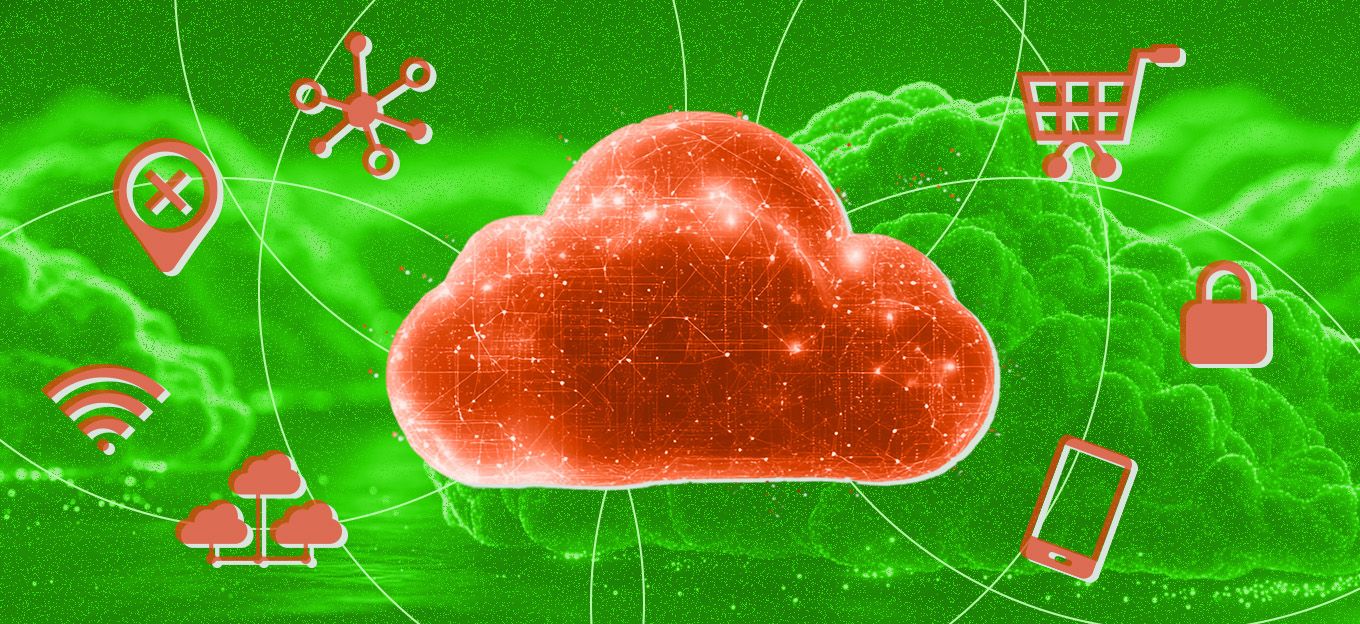From Reactive to Proactive: How IoT Data Is Revolutionizing Customer Support
From Reactive to Proactive: How IoT Data Is Revolutionizing Customer Support
- Last Updated: November 4, 2025
Devin Partida
- Last Updated: November 4, 2025



Customer service seems simple. A customer brings up an issue, and an agent helps them out. However, the rise of the Internet of Things (IoT) has pushed many industries, including customer service, to evolve. With access to accurate, real-time analytics, support teams can now provide proactive, personalized solutions.
How IoT Data Enables Proactive Customer Support
Traditional customer service models often rely on customer reports after the issue has occurred. In fact, 54 percent of U.S. customers prefer resolving these issues over the phone. Agents will then try to provide support and fix the problem.
While this process has become the norm over the years, technologies like IoT have introduced a new way of doing things. Instead of reacting to a problem after the customer has reported it, data gathered through IoT systems allows customer support teams to assist customers before they notice or escalate the issue.
IoT devices, like sensors or wearables, continuously collect and share data to a centralized database. With this information, companies can provide proactive and personalized support.
Key Benefits of IoT in Customer Support
Integrating IoT systems in the customer support process provides several advantages.
Real-Time Data Access
IoT connectivity gives customer service teams real-time visibility into a product’s performance. For example, if a thermostat is malfunctioning, the brand can notify the owners and send a software patch before it causes significant problems. This immediacy reduces downtime and builds trust with the customer.
Personalized Interactions
Every connected sensor or device collects data that helps businesses understand individual customer behaviors. As a result, customer support agents can tailor their advice or recommendations to each user.
Automated Troubleshooting
Automation and IoT go well together. Some devices have the capacity to self-diagnose issues and even self-correct if necessary. For example, smart printers can easily monitor ink levels and automatically order more. Automating the troubleshooting process better anticipates customer needs and reduces the need for human intervention.
Improved Efficiency
IoT systems allow companies to streamline support operations. Instead of spending hours troubleshooting issues or performing manual diagnostics, data-driven insights help teams prioritize tasks and focus on more complex needs, while automation handles basic troubleshooting and updates. This way, companies can save time and allocate resources effectively.
Predictive Maintenance
Predictive maintenance uses sensor data and analytics to forecast when equipment might fail or need a tune-up. This anticipation of user needs and prompt response keeps the equipment running smoothly for longer, improving its health and lifespan.
Process and Product Improvements
Aside from improving customer support, the data gathered from IoT devices drives continuous improvement and innovation. These systems help organizations identify correlations or trends in consumer behavior. Studying performance patterns or common complaints allows companies to refine their products and improve internal processes, which enhances customer satisfaction.
Challenges and Considerations of IoT in Customer Service
While using IoT in customer support brings several opportunities, it also has some drawbacks that businesses must address thoughtfully to ensure productive, ethical, and responsible use.
Technical Complexity
Implementing IoT-powered support requires seamless integration across multiple platforms and devices. Such a vast network can have compatibility issues that might slow deployment, especially without proper planning and technical expertise.
Privacy Concerns
IoT systems collect a lot of data, which can include sensitive customer information like their addresses, health information, or usage stats. This feature raises numerous privacy and compliance concerns.
Network Reliability
IoT systems depend on consistent connectivity. Network interruptions can affect data flow and accuracy, leading to delays in identifying or resolving issues. Reliable infrastructure and backups help maintain continuity.
Best Practices for Implementing Proactive IoT-Driven Support
Making the most of IoT-powered customer support systems requires strategy, ethics, and transparency. Consider these best practices for your organization.
Acquire Customer Consent
Always obtain explicit consent before collecting or using IoT data. Customers should understand how you will use their information and the benefits this practice will provide. Allow customers to opt in or out through a button or a clear message. Transparent communication fosters trust and encourages their participation.
Prioritize Security and Privacy
In 2024, over 1.35 billion people fell victim to data compromises, which exposed their sensitive information. IoT systems collect and store this data, so protecting it should be a top priority. Use encryption, access controls, and multi-factor authentication to safeguard customer and organizational data. Regular audits can help you stay protected against evolving threats.
Invest in Staff Training
Your data only benefits you if your staff knows how to interpret and use it. Training ensures that employees can translate technical information into lessons and insights they can use to improve their approach to customer interactions.
Continuously Monitor and Optimize Processes
Customer needs and technological capabilities evolve. Getting the best value out of IoT depends on ongoing management and improvements. Continuously monitor your system, analyze the effectiveness of support interactions, and refine your processes based on these insights. This practice helps keep operations effective.
Redefining Customer Support Standards
IoT has found its place in customer support by developing a proactive approach that allows companies to solve customer issues before they escalate. With real-time data and analysis access, support teams can provide positive customer experiences that lead to stronger relationships and long-term success.
The Most Comprehensive IoT Newsletter for Enterprises
Showcasing the highest-quality content, resources, news, and insights from the world of the Internet of Things. Subscribe to remain informed and up-to-date.
New Podcast Episode

Moving Past the Pilot Phase in IoT and AI
Related Articles
